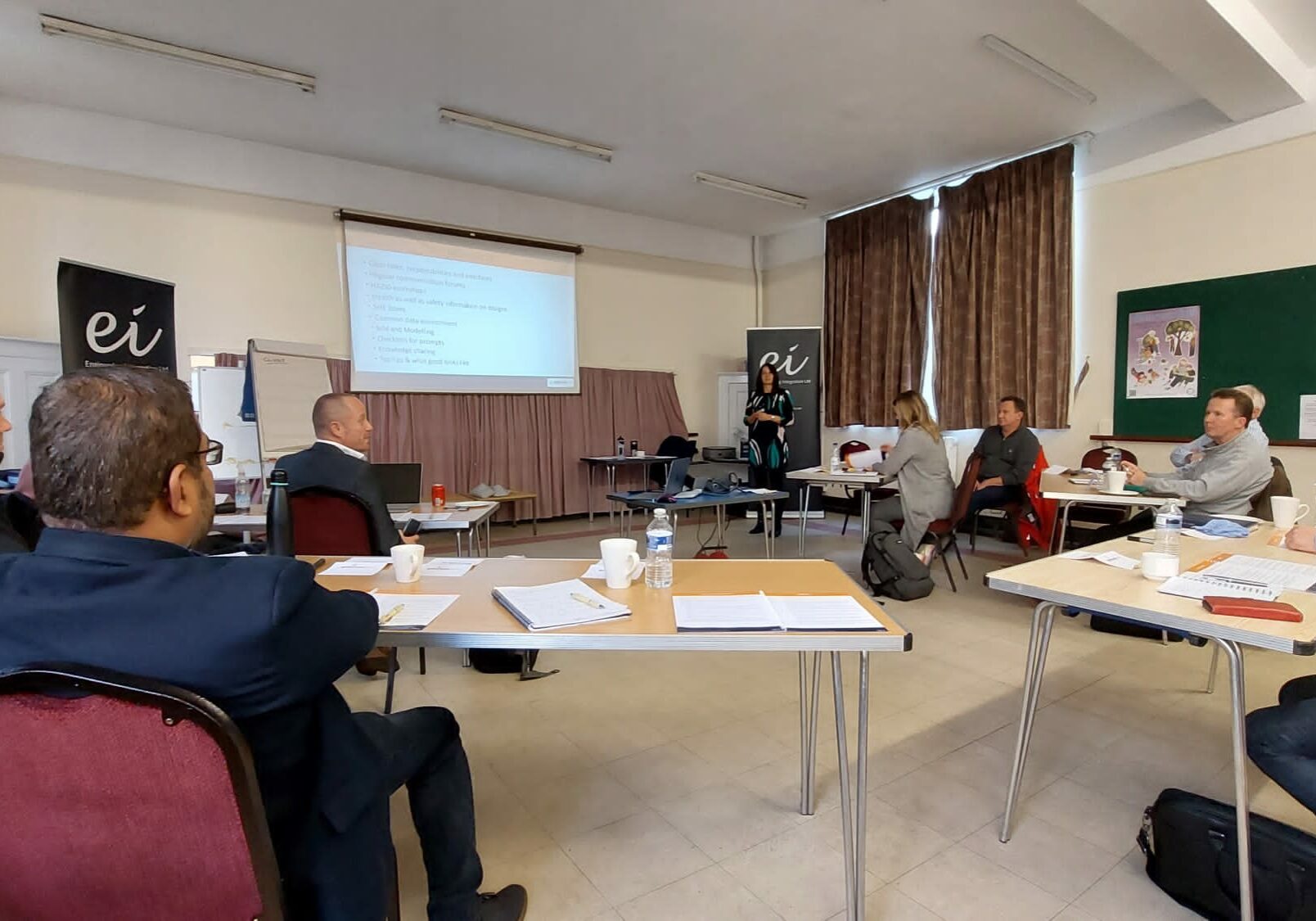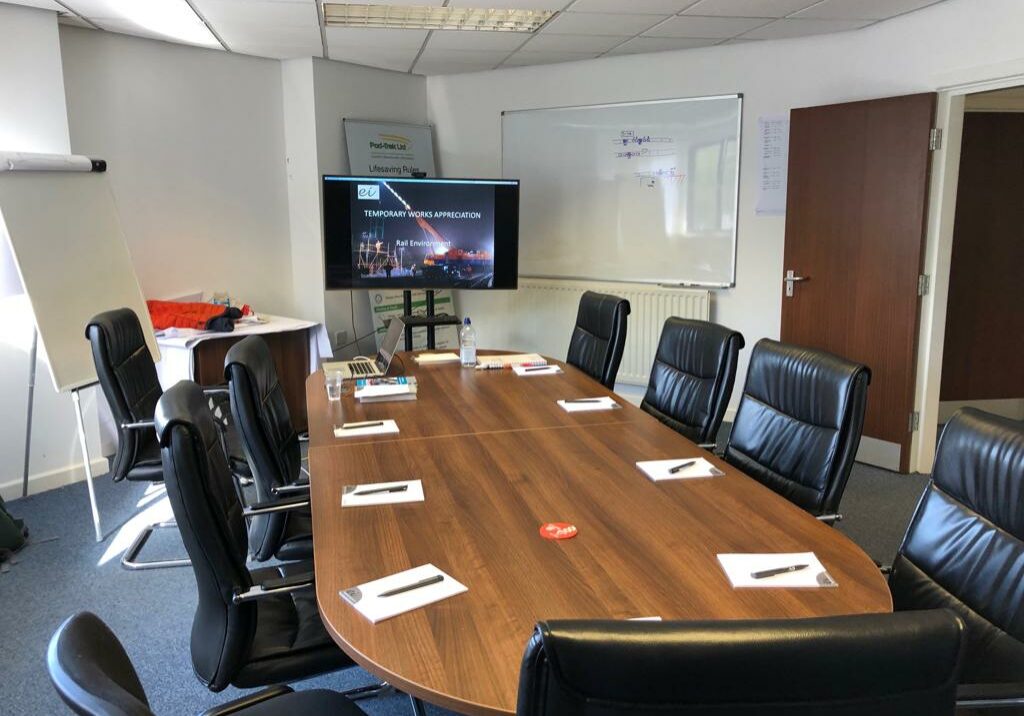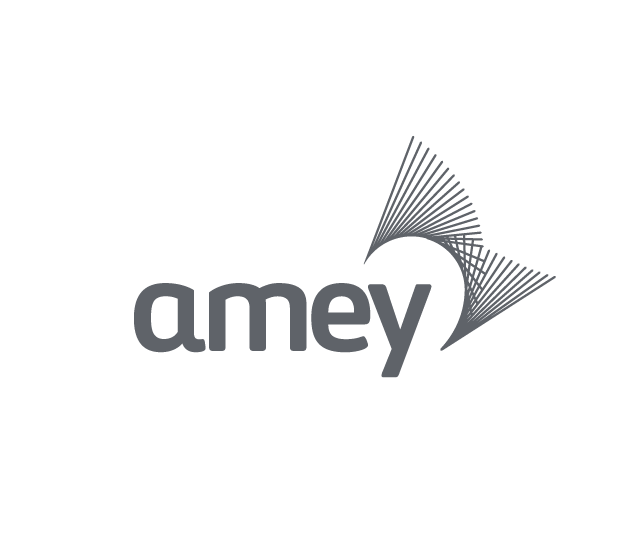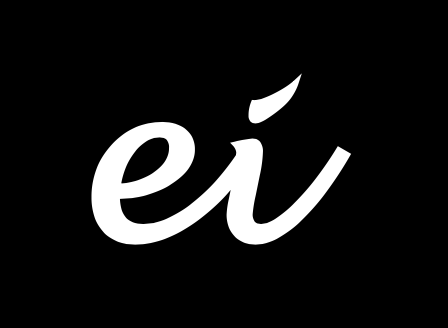Why train?
Engineering training and competency assessment is essential for ensuring that staff members are suitably competent and capable of performing their roles effectively within the engineering assurance process. The right training environment and ensuring that staff are trained and assessed to be competent can provide numerous benefits, including:
1. Improved safety: Safety is of paramount importance within the rail and construction industries, and engineering training can help to ensure that staff members are aware of safety procedures and protocols. Competent staff members are less likely to make errors that could cause accidents or incidents, which can improve overall safety levels, and set a positive example within teams.
2. Increased productivity: Competent staff members are more productive as they are able to carry out tasks more efficiently and effectively. Engineering training can help staff members to develop the skills and knowledge required to perform their roles to a high standard, which can lead to increased productivity and accuraccy.
3. Improved quality: Staff members who are trained and assessed to be competent are more likely to produce work of a higher quality. This can result in better outcomes for projects, high quaility assurance and improved customer satisfaction levels.


"We are committed to providing training and support as part of our commitment to CPD, our training helps key staff in the industry provide professional support to infrastructure projects across the industry"
ei Directors
Benefits continued
4. Compliance: The rail assurance process is highly regulated, and engineering training can help staff members to understand the relevant regulations and requirements. This can help to ensure that the rail assurance process is compliant with all relevant legislation and standards, avoiding handover issues.
5. Reduced costs: Competent staff members are less likely to make mistakes or errors, which can lead to costly rework or delays. By investing in engineering training, the engineering sector can reduce the likelihood of such errors, which can help to reduce costs over the long term.
Ensuring that staff are trained and assessed to be competent within the various assurance processes can provide numerous benefits. These benefits include improved safety, increased productivity, improved quality, compliance with regulations, and reduced costs. By investing in engineering training, we ensure that our staff members have the skills and knowledge required to perform their roles to a high standard, which improves overall performance and efficiency.
Some of Our Clients




Find out what we can do for you
Our Services
Engineering management is critical to ensure the safe and efficient operation of their assets and networks.
ei work closely with our clients to ensure that their engineering projects are delivered to the required standards, to the specific requirements, within budget and on time.
ei has developed a self assurance model supported by our bespoke competency assessment matrix. This ensures that ei can provide a formal authority to work for all members of our team.
We provide multidisciplinary engineering management expertise to rail, transportation, and infrastructure projects. Involving the latest in systems engineering thinking, tools and best practice, and apply it practically and pragmatically alongside our design and construction experience.
We successfully define and integrate the technical, contractual, programme, stakeholder and construction interfaces to ensure our projects deliver quality output, to budget and on time.
Innovation & Development
The rail industry is constantly evolving, and innovation, efficiency and development are essential to its continued success.
One of the key areas of innovation in recent years has been the use of 4D visualization and planning techniques.
4D visualization allows project teams to visualize the project and its progress over time, without having to undertake site walkouts, improving communication and collaboration between stakeholders.
